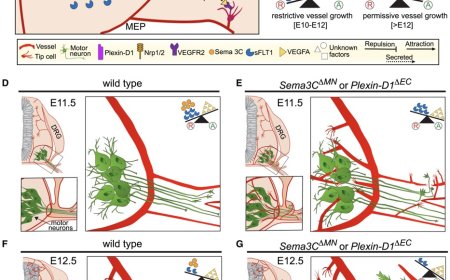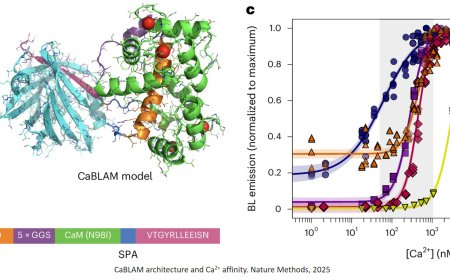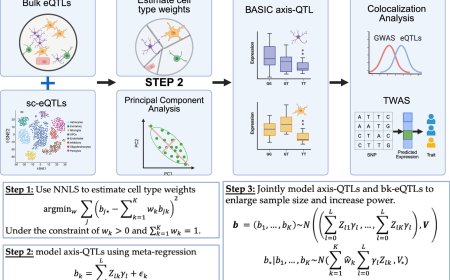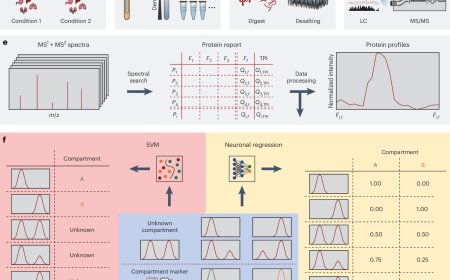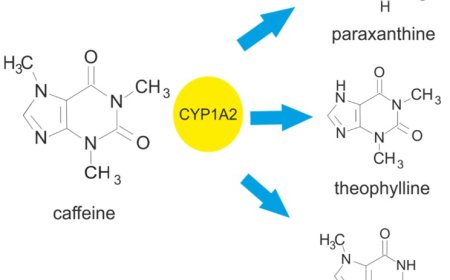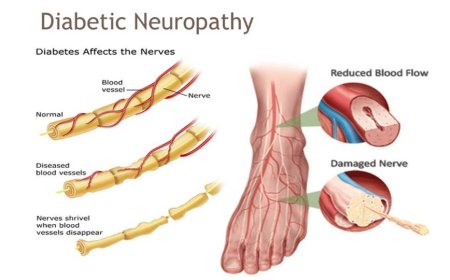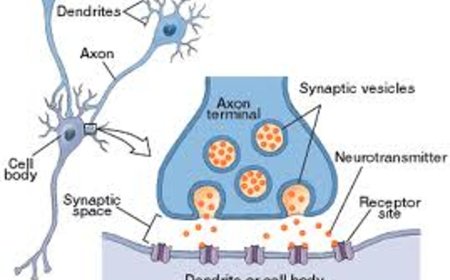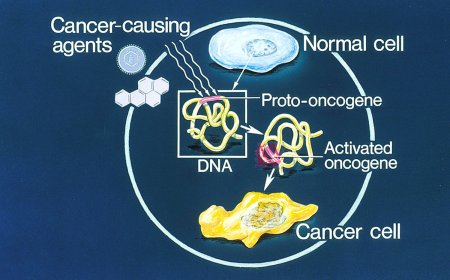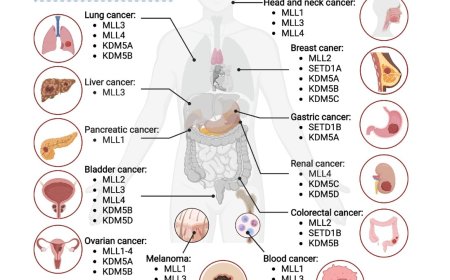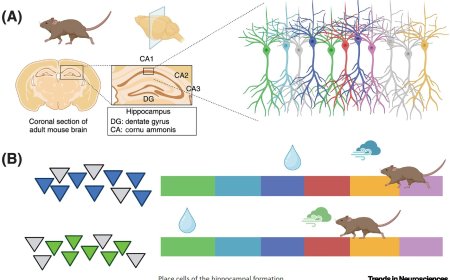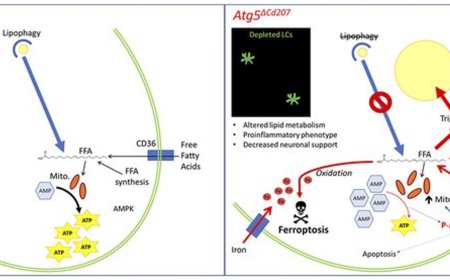Regulating Nrf2 activity to control redox homeostasis
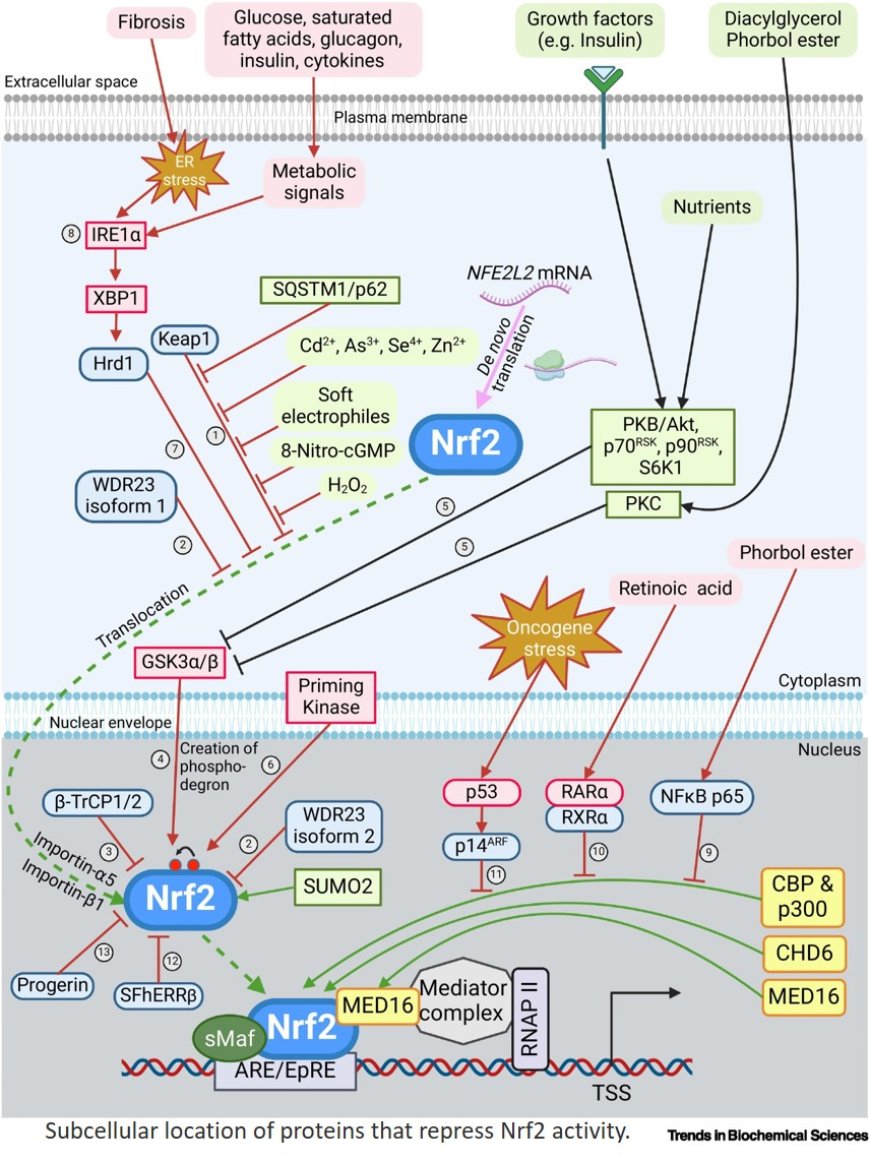
NF-E2 p45-related factor 2 (Nrf2) is a cap'n'collar basic-region leucine zipper transcription factor that controls the expression of genes encoding antioxidant proteins and drug-metabolizing enzymes, and consequently exerts antiinflammatory effects.
The ability of Nrf2 to direct the expression of cellular antioxidant defenses and drug detoxification is controlled by limiting its protein half-life through the actions of multiple ubiquitin ligases.
CRL3Keap1 is of central importance, and SCFβ-TrCP1/2 , Hrd1/SYNV1, and CRL4DCAF11 (also called CRL4WDR23 ) act in a cell-specific and/or stress-specific fashion.
Numerous endogenous soft electrophiles associated with anti-inflammatory signaling increase Nrf2 activity and induce the expression of its target genes by antagonizing Keap1 through their ability to chemically modify redox switches in the ubiquitin ligase substrate adaptor.
https://www.cell.com/trends/biochemical-sciences/fulltext/S0968-0004(24)00282-2
